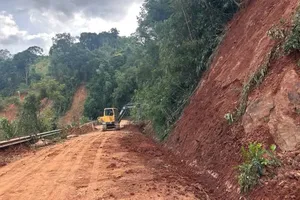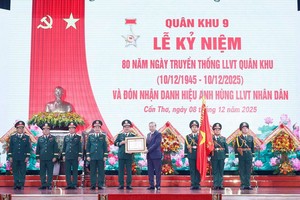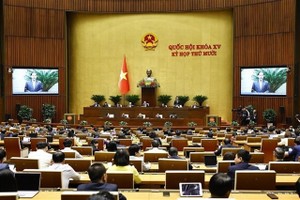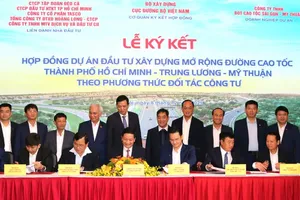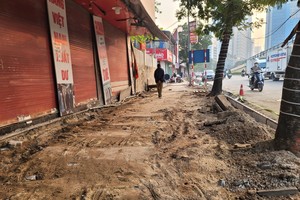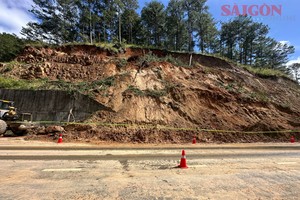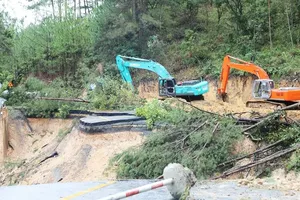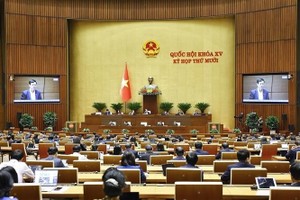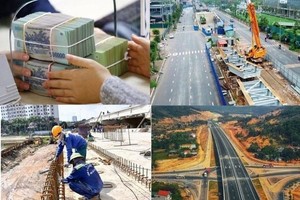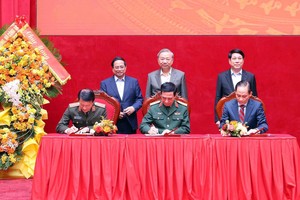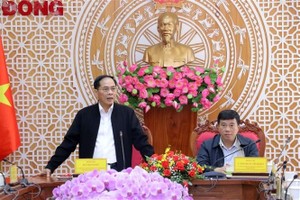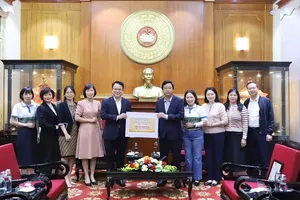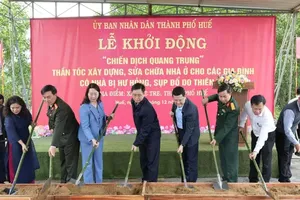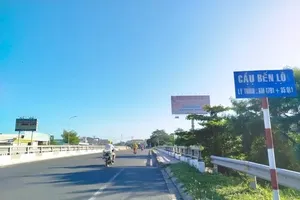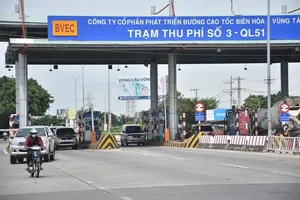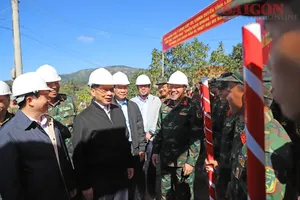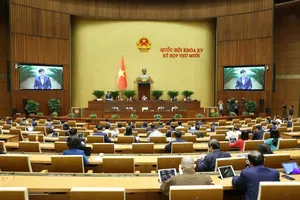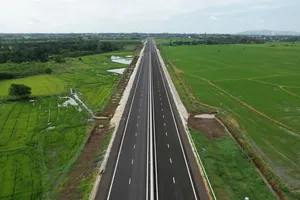Responding to Prime Minister Pham Minh Chinh’s new directive on limiting the circulation of fossil fuel-powered motorbikes within Hanoi’s Ring Road 1 starting July 1, 2026, the city is drafting a support mechanism to help replace approximately 450,000 such vehicles currently operating within its core area, said Vice chairman of the municipal People’s Committee Duong Duc Tuan.
Vice chairman of the municipal People’s Committee Duong Duc Tuan said the policy will offer financial assistance to encourage residents to switch from petrol motorbikes to electric ones. The plan will be tailored based on a detailed review of user groups and vehicle types to ensure a balanced and effective transition.
The Hanoi People’s Committee is set to submit the proposed policy to the municipal Party Committee and People’s Council, with the aim of covering nearly all associated costs for vehicle conversion including registration fees and licence plate issuance for new electric vehicles.
In parallel with this transition, the city is accelerating the development of green transport infrastructure to meet residents' mobility needs.
Plans include expanding the electric public transport network, particularly with small electric buses (8–12 seats) to form an inner-city shuttle system, he said.
Authorities are also exploring the deployment of four-seater electric cars for short-distance travel within the Ring Road 1 area, he added.
Multimodal transport integration will be a key component, alongside the continued development of urban rail lines. The two metro lines of Cat Linh–Ha Dong and Nhon–Hanoi Station are already operational within the inner city. Upcoming metro lines such as Ho Tay–Hoa Lac and Nam Thang Long–Tran Hung Dao are expected to further strengthen connectivity.
To support the shift to clean energy, Hanoi will revise its urban planning to include charging infrastructure for electric vehicles including cars, motorbikes, and other clean-energy modes of transport. In the near term, charging stations will be set up in public parking areas and residential buildings.
This large-scale transition is seen as a crucial step in reducing urban pollution, improving public health, and moving toward a greener, more sustainable capital city.

According to Hanoi’s Transport Master Plan through 2030 with a vision to 2050, Ring Road 1, forms a closed loop around the inner-city core of the capital. The streets and roads along this ring include Tran Khat Chan – Dai Co Viet - Xa Dan - O Cho Dua - De La Thanh - Hoang Cau - De La Thanh - Cau Giay - Buoi - Lac Long Quan - Au Co - Nghi Tam - Yen Phu - Tran Nhat Duat - Tran Quang Khai - Tran Khanh Du - Nguyen Khoai.
